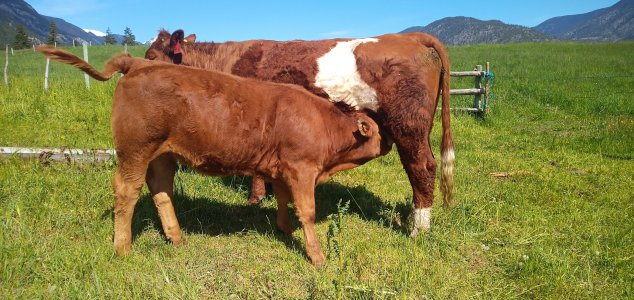I don't think anyone has mentioned spontaneous mutation. All animals carry mutations and potential mutations. Sometimes it only takes a single allele, not two, to have a problem.
From google: In cattle, there is an allele called dwarf which, in the heterozygote, produces calves with legs which are shorter than normal. This, again, is a homozygous lethal (the homozygous dwarf calves spontaneously abort early or a stillborn).
If I remember correctly, cattle have something like 60 chromosomes, 22k genes, and each chromosome has dozens of thousands of alleles. Humans only have 23 chromosome pairs and the total possible combination of alleles for those genes in humans is approximately 70,368,744,177,664.
Different proteins trigger or mask different combinations of base pairs.
Somehow Mother Nature has been successful by weeding out the methods of selection that don't work well. She's only been doing it for a billion years or so, so she still makes mistakes. Humans have learned more quickly, but I doubt we understand everything that's developed in genetic selection and why it works or doesn't since DNA was first discovered or Mendel grew his first peas.
But it's surprising how much we have learned...

